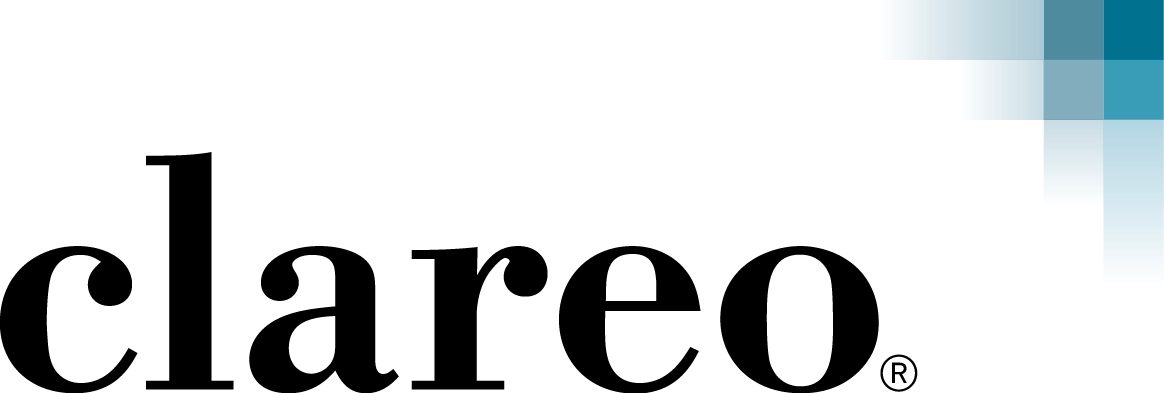
Recently, Satish Rao of Clareo was asked to share his perspectives regarding clean energy on a panel for the Global Midwest Alliance’s series, “What’s the Future for Clean Technology?” With a major focus on renewables in China and the Middle East along with opportunities in distributed power, the future looks bright for renewables, but there are also challenges. Below he outlines a few of both.
Opportunities and Challenges in China
China has the dubious distinction of being the world’s largest power generator, as well as its largest carbon emitter. However, recent studies, such as by Bloomberg New Energy Finance, highlight that coal’s dominant share in the product mix will start eroding in the future. China’s power production capacity is expected to double by 2030, with renewables accounting for more than half of this increased capacity. The 1,500 GW of new generating capacity over two decades is roughly the equivalent of adding 88 GW a year annually, i.e. the equivalent of adding the capacity of a nation like the UK every year for the next 20 years!
The shift to renewables and clean technology has a number of underlying factors: increased emphasis on reducing air and water pollution, combating rising energy costs, and to increase energy self-reliance. Hydo, solar and wind make up the renewables in China’s future energy portfolio.
Solar and Wind: As of 2012, Chinas has been able to drive down the cost of solar to 17 cents per kWh compared to 12 cents per kWh for wind. It has increased solar capacity from 800 MW in 2010 to 3,000 MW by 2013. The government has played a key role in solar panel production, with nearly $30 billion of subsidies estimated just in 2010 alone. The emphasis is now on utility scale solar and wind.
While US companies like First Solar have not been able to make much progress in China so far, it is expected that with the shift to more renewables in the future, there will be more opportunities for firms from the developed and Western countries to participate in the energy sector in China.
A Word of Caution: Panelists and the audience expressed concern about the appropriate means to enter the Chinese market. Concerns included the need to protect intellectual property, and finding a suitable business partner on the ground. One solution for emerging companies is to partner with larger firms possessing complementary products and services who have already built a significant presence in China. Everyone agreed that finding the right business partner is critical to success in China.
Opportunities in the Middle East
Saudi Arabia recently revised its National Energy Plan to include an aggressive budget of over $100 billion in renewable energy. It aims to generate a third of its energy through renewables by 2030. Their future portfolio aims to include solar, waste energy, wind, geothermal and nuclear. However, this bold vision faces significant challenges, given their traditional and complete dependence on conventional energy.
Saudi energy companies such as the Riyadh Valley Company are exploring joint ventures and partnerships as a way to further investment in renewables. A number of US firms are participating at its Solar Summit, creating dialog and engagement that typically precedes major investments.
Policy uncertainty is a significant risk, and a lack of clearly articulated timelines to shift to renewables poses a challenge. An understanding of the business culture and a presence on the ground is critical to success in the region.
Opportunities in Distributed Generation
Distributed Generation has the potential to disrupt existing utility business models in the developed economies, while also providing access to electric power in the developing regions of the world. Recent thought leadership articles have highlighted the confluence of renewable energy such as solar and wind, IT, deregulation, low natural gas prices, and socio-political pressure, creating a perfect storm of sorts. Just as consumers switched away from landline to mobile phones, a similar future could play out in the energy domain, with decentralized energy for businesses and homeowners.
After subsidies, solar power can be comparable to grid power costs in many regions of the US. Analysts have estimated that solar could be cost competitive with retail electric prices by 2020, without subsidies. The cost curve favors new technologies here – as technologies develop, costs per unit are driven down, while it is often the opposite in conventional resource based energy, where costs go up as resources are depleted.
Business model innovation is critical for short to mid-term success. This is shown by the success of Solar City, whose turnkey approach provides an “all in one” service for homes and businesses, taking care of engineering, permits, installation and ongoing monitoring. Its ability to lease reduces consumer concerns of the typically high upfront costs for solar installations.
Adaptation is Necessary for Expanding into Emerging Regions
Distributed Generation has the ability to provide electricity in under-served regions of the developing world such as Africa, Asia, and Latin America. However, solutions for emerging markets cannot rely on technology alone. Success requires an understanding of local market needs and the ecosystem in which the product or solution is introduced. The business model often needs to be adapted to local market needs, even if the basic product and technology is the same. This point is often missed easily by emerging companies and cannot be underscored enough.
Business Model Innovation Case Study in Solar: Quetsol of Guatemala
Juan Rodriguez, a former P&G executive, co-founded Questsol, a solar company that aims to improve the quality of life in poor communities that do not have access to the electric grid. Nearly 20% of the population in Guatemala lives in regions without electric power, relying on candlelight. This was despite the fact that many NGOs have been donating solar systems to these communities for decades.
After spending a year on the ground understanding the situation, Juan Rodriguez and his co-founder Manuel Aguilar, concluded that the problem was the way NGOs approached the ecosystem. While the NGOs donated solar systems, no one was there to service them, change batteries after they died, etc.
Once Quetsol understood this problem and the specific needs of these consumers, it was able to create a better solar product at a cheaper price. But this was not sufficient. It still needed to develop a viable business model to reach consumers. It initially partnered with microfinance credit institutions to help families purchase solar kits, but this model was limiting as consumers were often denied microcredit.
In response, Quetsol developed a unique business model – a “pay as you go” plan for solar power. It enlisted local leaders and store owners as franchisees and supplied them with smartphones that could be used to distribute codes after purchase by consumers. These codes are entered on the solar systems dial pad to unlock them for a desired duration of use. The pilot period with this new business model has been successful, and Quetsol plans to rollout nationwide later in 2013.
This business model pivot has been crucial to its success, and has changed them from being a product and systems provider to a service provider. It illustrates how a business model approach when combined with local market insights can create a powerful engine for growth.
References and Research
- “Why the U.S. Power Grid’s Days Are Numbered”, Bloomberg Business Week, August 201
- “With SolarCity IPO, Elon Musk May Get Clean Tech Right”, December 2012
- “Bringing Solar To Impoverished Towns, With A Model Straight From The Corporate World”, Fast Company, August 2013
- “China’s Power Sector Heads Towards a Cleaner Future”, Bloomberg New Energy Finance, August 2013
- “Renewables Investment Seen Tripling Amid Supply Glut”, Bloomberg News, April 2013
- “Saudi Arabia aims to be world’s largest renewable energy market”, Arab News, July 2013
